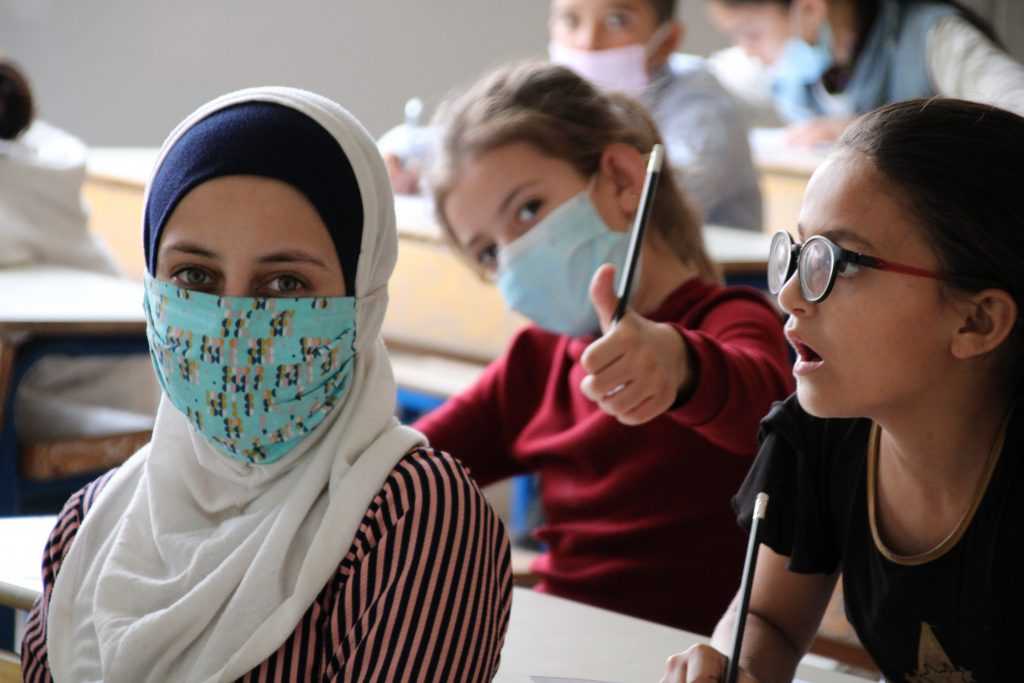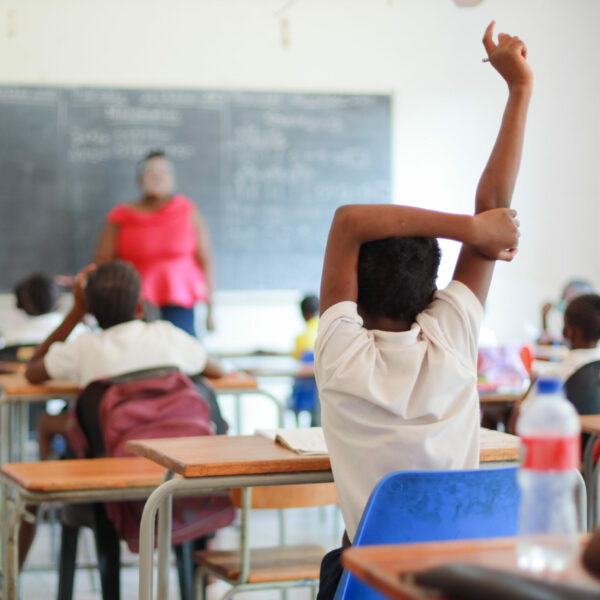
The UN Convention on the Rights of the Child approved by the United Nations General Assembly on November 20, 1989, is the most signed and ratified human rights treaty to date. All nations, with the exception of the United States which signed but has not ratified the Convention, have committed to enforce child rights through their legislation and policies.
The 32 years life of the Convention is not such a long time in history, if we think that it was only in 1989 that the world recognized that children and adolescents are holders of inalienable civil, social, political, cultural and economic rights and have the right to participate in all decisions that affect them.
“It is a topic that is anything but obvious” says a teacher who coordinated the workshop carried out in her school with pupils aged 6 to 11 on Child Rights and FMSI Values, ” and it is essential to be vigilant with respect to issues concerning rights, especially in a historical period such as the one in which we are living “.
“Over the years, as a public school, we have tried to always maintain an active and constant commitment for the recognition and respect of the rights of all and in particular those of the children. We believe it is essential to educate the new generations to respect each other, especially in highly deprived socio-cultural contexts. We realize every day how stereotypes and cultural prejudices are strongly rooted even in the little ones; the school therefore stands as an added value when it proposes activities in its overall education plan that educate for respect, welcoming and equity, and equal opportunities of personal growth for all “
We recall that among the four fundamental principles of the Convention there is the right to participation (art. 12): children must express their opinions on decisions that affect them. This right applies both to decisions affecting individual children and to the broader strategic decision-making process. It is therefore not a simple tool for the “democratic participation” of a category but it invites us to consider the priorities expressed by the children as our own: “In the laboratory”, the teacher explains, “small children were more oriented to give priority to the right to play and be together, while older children chose the right to a family, to health care, to a home… highlighting the work carried out by teachers over the years. Many children have chosen to depict family, affection, care and the right to education in their drawings. “
Let us ask ourselves, as citizens, and our governments, if we are applying the Convention when we use an abandoned space for a parking lot rather than a kindergarten, or we increase the admissible level of industrial discharges to attract some new company in our area, or we buy products that are cheap because the workers who produce them have a salary too low to support their family, or we close a school or a medical center in remote areas to invest rather in Wi-Fi equipment as a substitute for face-to-face interaction in a community setting and where children find TV programs that praise competition and increase frustration.
Are the children, who are keen observers of the essentials of life, our true reformers of the economy? Taking their priorities to heart can lead us to true change that is more than superficial.



